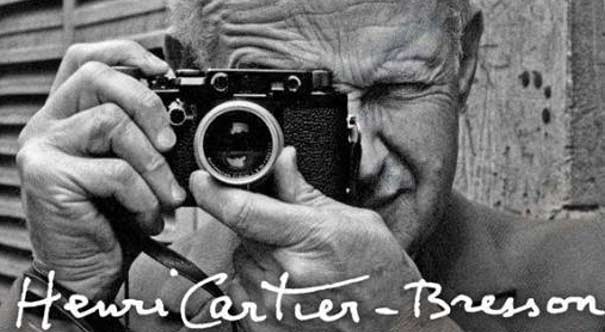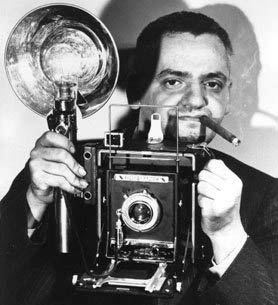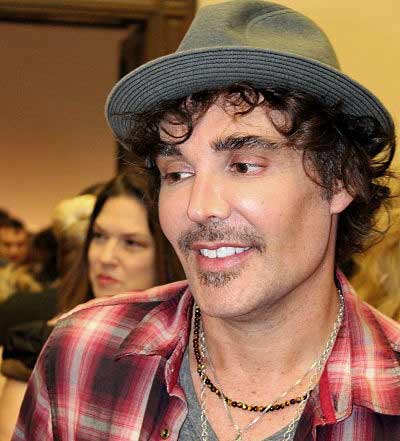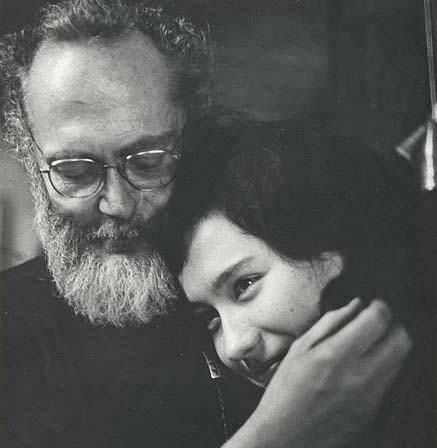| Name | Edward Henry Weston |
| Born | March 24, 1886, Highland Park, Illinois, US |
| Died | January 1, 1958 (aged 71), Carmel Highlands, California, US |
| Occupation | Photographer |
| Notable Work | Nude, 1925 (1925), Pepper No. 30 (1930), Nude (Charis, Santa Monica) (1936) |
| Spouses | Flora May Chandler (m. 1909; div. 1937), Charis Wilson (m. 1939; div. 1946) |
| Partners | Margrethe Mather (1913–1923), Tina Modotti (1921–1927), Sonya Noskowiak (1929–1935) |
| Children | 5, including Brett Weston (1911–1993) and Cole Weston (1919–2003) |
| Early Life | Born in Highland Park, Illinois, lost mother at five, raised by sister, moved to California at 21, showed interest in photography from an early age |
| Career | Initially practiced soft focus pictorialism, shifted to highly detailed photographic images, known for his “quintessentially American, and especially Californian, approach to modern photography” |
| Achievements | First photographer to receive a Guggenheim Fellowship in 1937, produced nearly 1,400 negatives using his 8 × 10 view camera over two years |
| Legacy | Regarded as one of the most innovative and influential American photographers, known for his expansive subjects and attention to detail |




